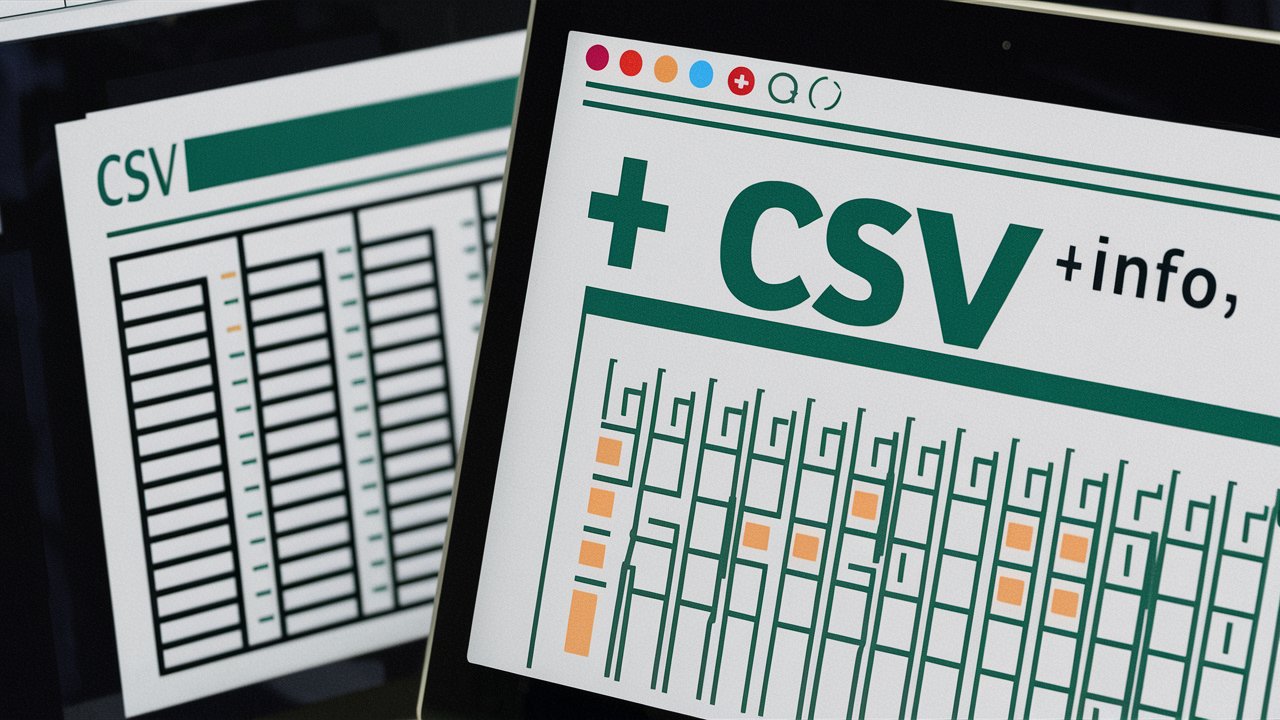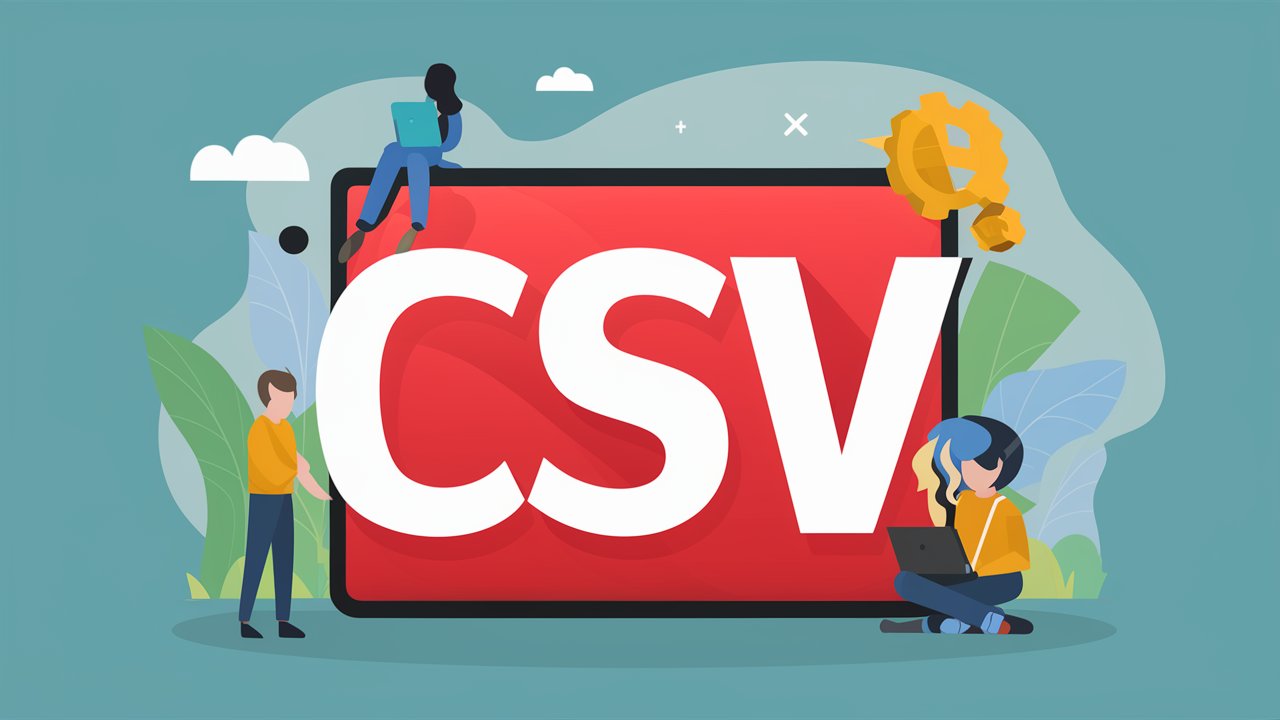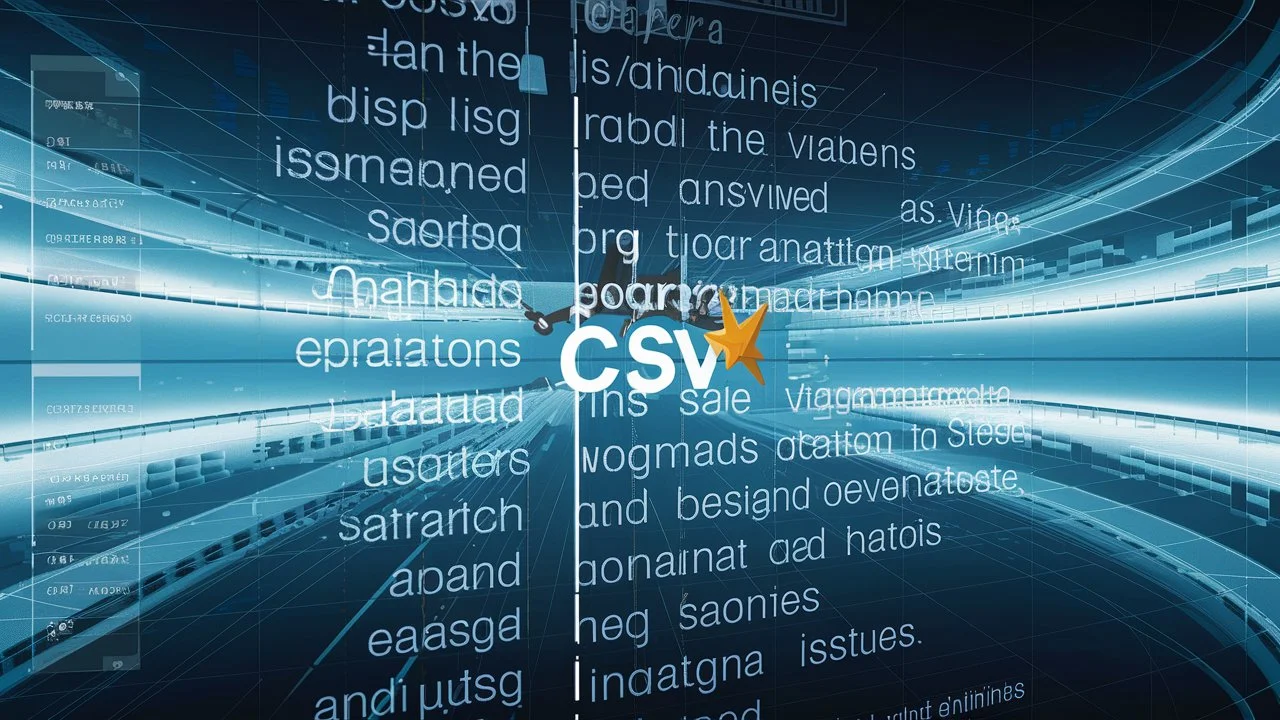Computer System Validation: Ensuring Quality and Compliance in the Digital Age

In today’s digital landscape, where almost every aspect of life relies on computers and software, ensuring these systems’ reliability, integrity, and security is paramount. Computer systems are crucial in managing finances, controlling industrial processes, and delivering healthcare services.
This is where Computer System Validation (CSV) comes into play. Computer System Validation is a systematic and documented approach to ensuring that a computer system performs its intended functions consistently, accurately, and reproducibly while meeting regulatory requirements.

Understanding Computer System Validation
What is CSV?
Computer System Validation (CSV) is a process used to ensure that a computer-based system can be relied upon for its intended purpose. It involves confirming that the system operates as expected and consistently produces results that meet predetermined specifications. CSV aims to provide documented evidence that a computer system is fit for its intended use, whether in pharmaceutical manufacturing, healthcare, finance, or any other industry where computer systems are critical.
Why is CSV Important?
The importance of CSV must be considered, especially in industries where the reliability and accuracy of data are crucial. Here are some key reasons why CSV is vital

- Patient Safety in Healthcare: Accurate and reliable data is critical for patient safety and well-being in the healthcare industry. Systems managing patient records, medication dosages, and treatment plans must operate flawlessly to prevent errors that could harm patients.
- Quality Control in Manufacturing: In manufacturing, CSV ensures that systems controlling production processes, such as temperature control in pharmaceutical manufacturing or quality checks in automobile assembly, function correctly to maintain product quality.
- Regulatory Compliance: Many industries, including pharmaceuticals, healthcare, and finance, are subject to stringent regulations. CSV helps organizations comply with laws such as the FDA’s Title 21 CFR Part 11, which sets electronic records and signature guidelines.
- Data Integrity and Security: With the rise of cyber threats, ensuring data integrity and security is crucial. CSV helps identify vulnerabilities in systems, protecting sensitive data from unauthorized access or manipulation.
The Computer System Validation Process
Computer System Validation follows a systematic approach, typically consisting of several phases:
Planning
The planning phase sets the foundation for the entire validation process. Key activities in this phase include:
- Defining the scope of validation: What system functions will be validated?
- We are creating a validation plan: A detailed document outlining the approach, resources, timelines, and responsibilities for the validation project.
- Risk assessment: Identifying potential risks to data integrity, system security, and regulatory compliance.
User Requirements Specification (URS)
The URS outlines the functional and non-functional requirements of the system from a user’s perspective. It includes details such as:
- System functionalities
- User interface requirements
- Performance expectations
- Security and access controls
- Data integrity requirements
Functional Requirements Specification (FRS)
The FRS translates the user requirements into technical specifications. It describes how the system will meet the user’s needs, including:
- System architecture
- Hardware and software components
- Data storage and retrieval
- Algorithms and calculations
- Error handling and recovery
Design Qualification (DQ)
The DQ phase verifies that the system design meets the specified requirements. It involves reviewing and approving design documents, such as:
- System architecture diagrams
- Database schema
- Software design documents
- User interface mockups
Installation Qualification (IQ)
The IQ phase ensures that the system is installed correctly according to specifications. Activities in this phase include:
- Verifying hardware installation
- Installing and configuring software
- Setting up network connections
- Documenting installation procedures and deviations
Operational Qualification (OQ)
OQ tests the system’s operational functions to meet predefined requirements. This phase involves:
- Testing system functionalities
- Performance testing under normal operating conditions
- Stress testing to assess system limits
- Security testing to identify vulnerabilities
Performance Qualification (PQ)
PQ evaluates the system’s performance in its intended environment. Key activities include:
- User acceptance testing (UAT) with accurate data
- Simulating real-world scenarios
- Verifying system reliability and stability
- Documenting test results and deviations
Requalification and Periodic Review
Despite successful validation, systems must undergo periodic requalification to ensure continued compliance. Changes to the system, such as upgrades or modifications, also require revalidation to assess their impact.
Regulatory Guidelines and Compliance

Regulatory bodies, such as the Food and Drug Administration (FDA) in the United States and the European Medicines Agency (EMA) in Europe, provide guidelines for Computer System Validation in regulated industries. These guidelines outline the expectations for validating computer systems to ensure data integrity, product quality, and patient safety.
For example, FDA’s Title 21 CFR Part 11 sets forth requirements for electronic records and signatures. It includes guidelines on:
- Validation of systems to ensure accuracy, reliability, and consistent performance
- Control of system access to prevent unauthorized use or changes
- Audit trails to track system activities and changes
- Documentation practices to maintain records of system validation activities
Failure to comply with regulatory guidelines can result in severe consequences, including product recalls, fines, and damage to a company’s reputation. Therefore, organizations must adhere to these guidelines and implement robust Computer System Validation processes to mitigate risks and ensure compliance.
Challenges in Computer System Validation
While Computer System Validation offers numerous benefits, implementing a validation process comes with its challenges:
Resource Intensive
Computer System Validation requires significant time, expertise, and resources. From planning and documentation to testing and validation, the process can strain an organization’s resources, particularly smaller companies with limited budgets.
Rapid Technological Advancements
The pace of technological change often outstrips the speed at which Computer System Validation processes can adapt. New software updates, hardware advancements, and evolving regulatory requirements can create challenges in keeping systems validated and up to date.
Complexity of Systems
Modern computer systems are incredibly complex, involving multiple interdependent components. Validating these systems requires a deep understanding of the entire system architecture, which can be daunting.
Balancing Compliance with Innovation
Striking a balance between regulatory compliance and innovation is a perpetual challenge. While compliance ensures data integrity and patient safety, it can also slow the implementation of new technologies and processes.
Future Trends in Computer System Validation
As technology continues to evolve, the field of CSV is also changing to meet new challenges and opportunities. Some emerging trends include:
AI and Machine Learning Validation
With the rise of artificial intelligence (AI) and machine learning (ML) applications, validating these systems presents unique challenges. CSV practices are adapting to include methodologies specific to AI/ML, such as model validation and algorithm testing.
Cloud Computing Validation
The shift towards cloud computing brings new considerations for CSV. Validating systems hosted on cloud platforms involves assessing the software and the security, availability, and performance of cloud services.
Data Integrity and Cybersecurity
Ensuring data integrity and cybersecurity remains a top priority. CSV practices incorporate more robust security testing, encryption measures, and data backup strategies to protect against cyber threats.
Agile Validation
Agile methodologies are gaining traction in CSV, allowing more flexibility and adaptability in the validation process. This approach enables iterative testing and validation, aligning with the rapid pace of software development.
Internet of Things (IoT) Validation
The proliferation of IoT devices in various industries introduces new complexities for CSV. These interconnected devices require validation not only for individual functionality but also for their interactions within a network. CSV practices are evolving to include testing scenarios that mimic real-world IoT ecosystems.
Blockchain Technology in Validation
Blockchain technology offers opportunities for enhancing data integrity and traceability, particularly in industries with stringent compliance requirements. CSV processes are exploring blockchain integration for securely recording and verifying validation activities, audit trails, and system changes.
Virtual and Augmented Reality (VR/AR) Validation
Industries such as healthcare, education, and entertainment increasingly utilize VR/AR technologies. CSV for VR/AR systems involves:
- Validating the software and the user experience.
- Creating immersive environments.
- Ensuring compatibility with hardware devices.
Regulatory Evolution and Global Harmonization
Regulatory agencies worldwide are continuously updating guidelines to keep pace with technological advancements. Global harmonization efforts seek to align CSV requirements across regions, reducing the burden on companies operating in multiple markets. Organizations must stay updated with regulatory changes to ensure compliance and adapt CSV processes accordingly.
Best Practices for Effective Computer System Validation
Implementing effective Computer System Validation requires thorough planning, clear documentation, robust testing, and ongoing monitoring. Here are some best practices to consider:

Establish a Validation Team
Form a dedicated team with representatives from IT, quality assurance, regulatory affairs, and end-users. This interdisciplinary team ensures diverse perspectives and expertise throughout the validation process.
Clearly Define Validation Scope and Requirements
Define the system’s boundaries to be validated, including its intended use, functionalities, data requirements, and user expectations. Comprehensively document user requirements specifications (URS) and functional requirements specifications (FRS).
Develop a Detailed Validation Plan
Create a validation plan that outlines the validation approach, methodologies, resources, timelines, and responsibilities. This document serves as a roadmap for the entire validation project, ensuring alignment and clarity among team members.
Conduct Risk Assessments
Identify and assess potential risks to data integrity, system reliability, regulatory compliance, and patient/user safety. Prioritize risks based on severity and likelihood and develop mitigation strategies to address them.
Implement Change Control Procedures
Establish robust change control procedures to manage any modifications to the validated system. Before implementation, changes should undergo thorough impact assessments, testing, documentation, and approval.
Document Everything
Maintain detailed documentation throughout the validation lifecycle, including test plans, protocols, test results, deviations, and validation reports. Clear documentation provides a trail of evidence for regulatory audits and inspections.
Perform Thorough Testing
Execute various tests, including functional testing, performance testing, security testing, and user acceptance testing (UAT). Test scenarios should cover typical use and edge cases to identify potential issues.
Ensure Training and Competency
Provide training to users, administrators, and anyone involved in operating or maintaining the validated system. Ensure they understand their roles and responsibilities and how to use the system effectively and compliantly.
Conduct Periodic Reviews and Revalidations
Review the system’s performance, data integrity, and compliance with regulatory requirements regularly. Schedule periodic revalidations as needed, especially after significant system changes or updates.
Stay Updated with Industry Standards and Regulations
Keep abreast of industry best practices, technological advancements, and regulatory changes related to Computer System Validation. Engage with industry forums, attend conferences, and participate in training programs to enhance knowledge and skills.
Conclusion
Computer System Validation is a critical process that ensures computer-based systems’ reliability, integrity, and compliance across various industries. From healthcare and pharmaceuticals to manufacturing and finance, Computer System Validation plays a crucial role in safeguarding data, protecting patients, and ensuring product quality.
As technology advances, the Computer System Validation field evolves to meet new challenges and opportunities. Emerging AI, cloud computing, and IoT validation trends require innovative approaches to ensure robust and effective validation processes.
Organizations can successfully navigate the complexities of Computer System Validation by following best practices, including establishing dedicated validation teams, developing comprehensive validation plans, conducting thorough testing, and staying updated with industry standards. Effective Computer System Validation ensures regulatory compliance and enhances data integrity, system reliability, and overall business performance in the digital age.
In conclusion, Computer System Validation’s future lies in its ability to adapt to technological advancements, regulatory changes, and evolving industry needs. Organizations that embrace effective Computer System Validation practices will not only mitigate risks but also unlock the full potential of their computer systems to drive innovation, efficiency, and compliance in a rapidly changing world.



